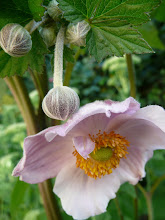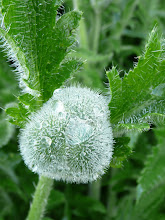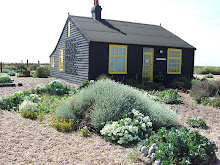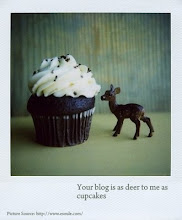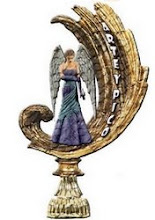 my photoI AM ONEOn 1 August 2007 - This is my Patch - was born. I remember having the initial idea to start this blog, on what was a beautiful summer's evening, whilst strolling around the garden taking snaps. Thinking of a name was difficult, and I remember eventually saying to myself, what am I seeing and who does it belong to, hence the chosen name!
my photoI AM ONEOn 1 August 2007 - This is my Patch - was born. I remember having the initial idea to start this blog, on what was a beautiful summer's evening, whilst strolling around the garden taking snaps. Thinking of a name was difficult, and I remember eventually saying to myself, what am I seeing and who does it belong to, hence the chosen name!After signing up for a blogger account and the template chosen, I proceeded to upload a photo of American Land Cress which was to become my first post. I can't say I found it very easy, navigating around blogger was proving quite tricky, and it took me a while to master its tempermental ways regarding placing pictures and text. Eventually after several attempts the publish button was pressed.
I wasn't completely green to the world of blogging and realised that there were thousands, if not millions of blogs out there. Would anyone find me, and would anyone be interested enough to leave a comment? Five posts later, on 16 August I received my first comment, from Judith who blogs at Everything in the Garden's Rosy. She had seen my mention of Eden and that was what made her decide to leave a comment, which proves how important the words you use in your post can be.
Writing this blog has opened up my world to many new experiences, three in particular. Having worked with other's words for many years, I am now working on my own, on a subject I am passionate about. Three cameras later, my photography has developed, working on a particular style of my own and a few million others! Finally, let's not forget the most important of all, the friendship I have gained from all over the world.
I do hope you feel you can look in to my blog for many more posts to come, and thanks to everyone for your comments, which I very much appreciate and so enjoy reading.
Louise x
PS: The leaf in the photo above belongs to a yellow achillea.

































.jpg)


